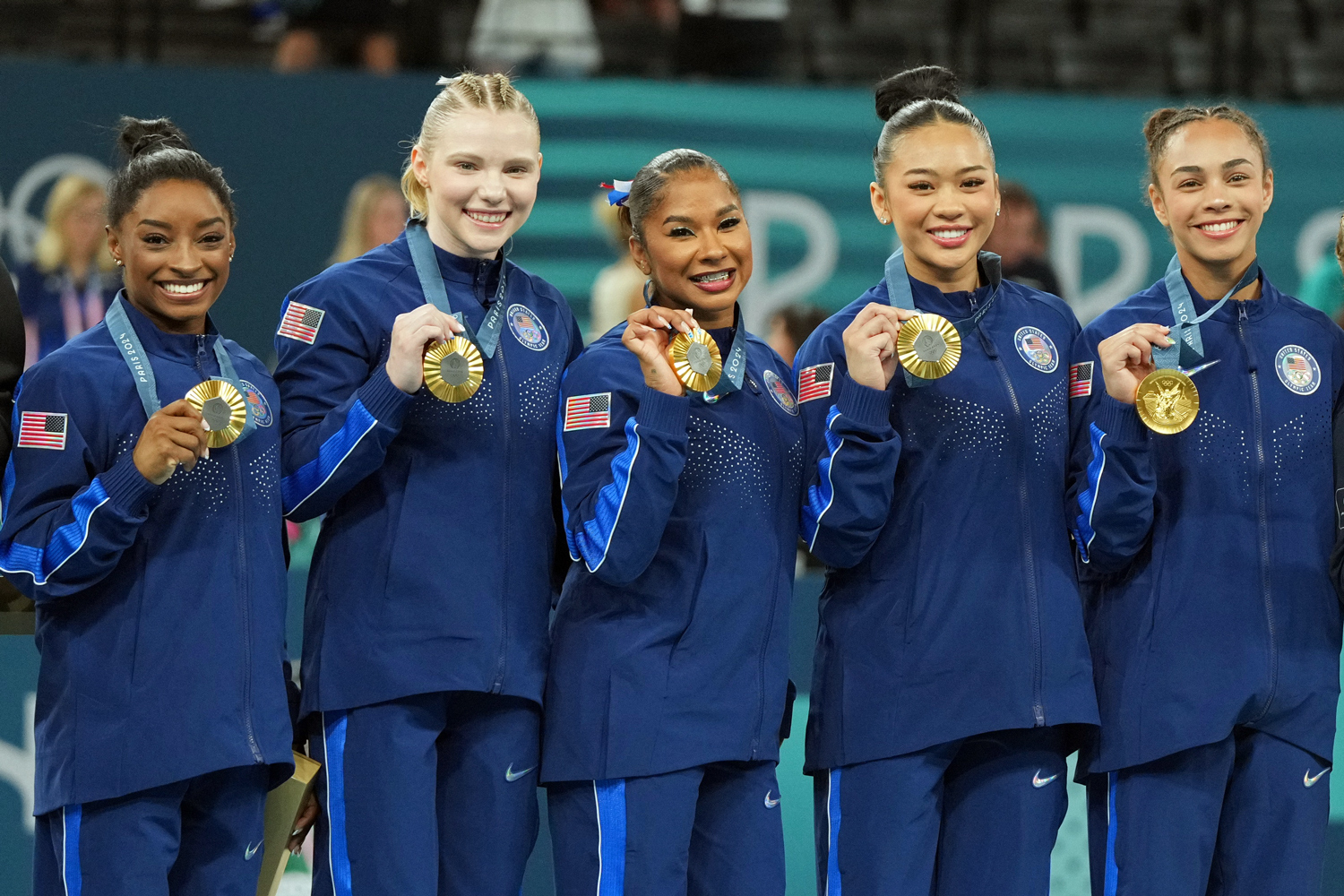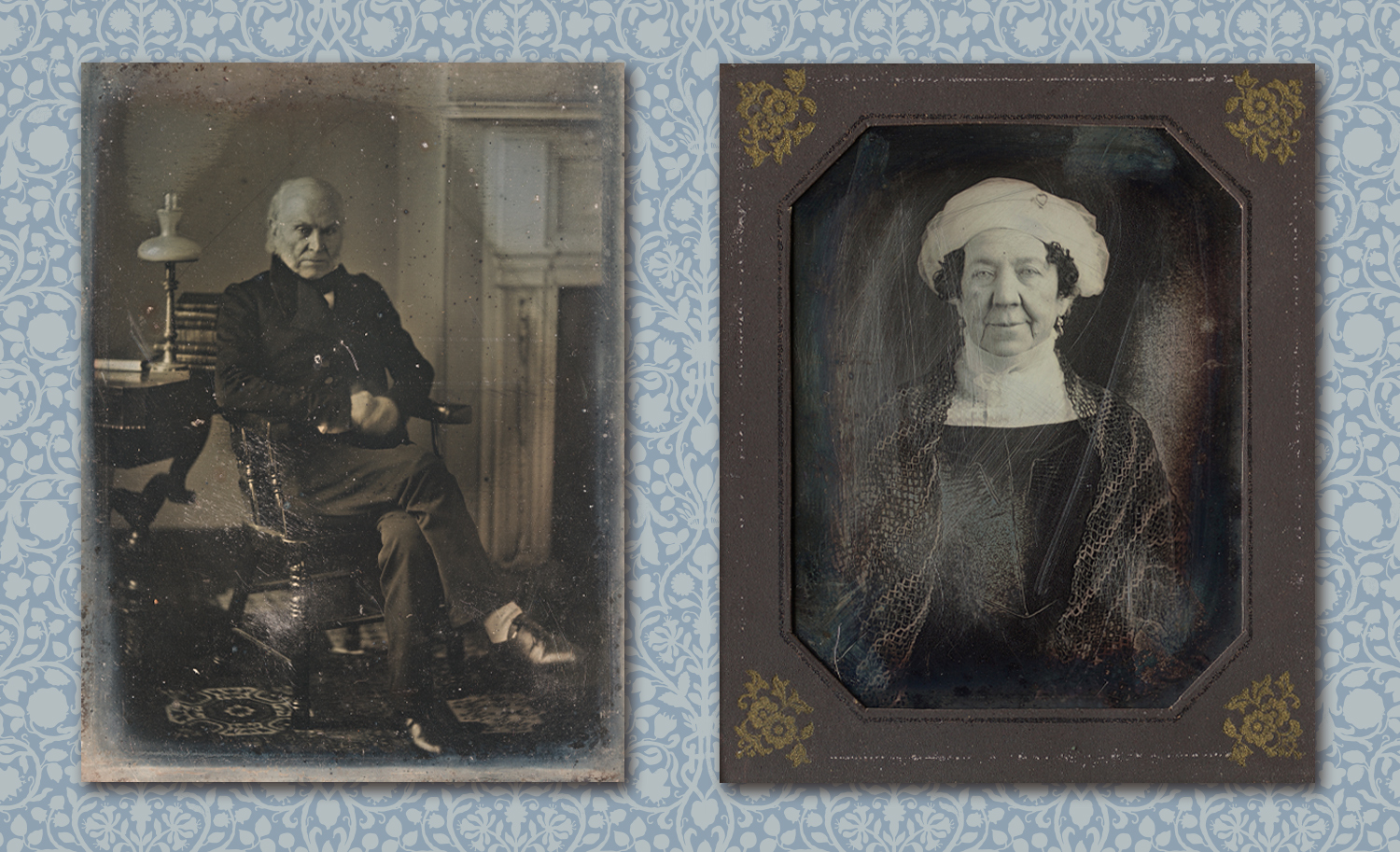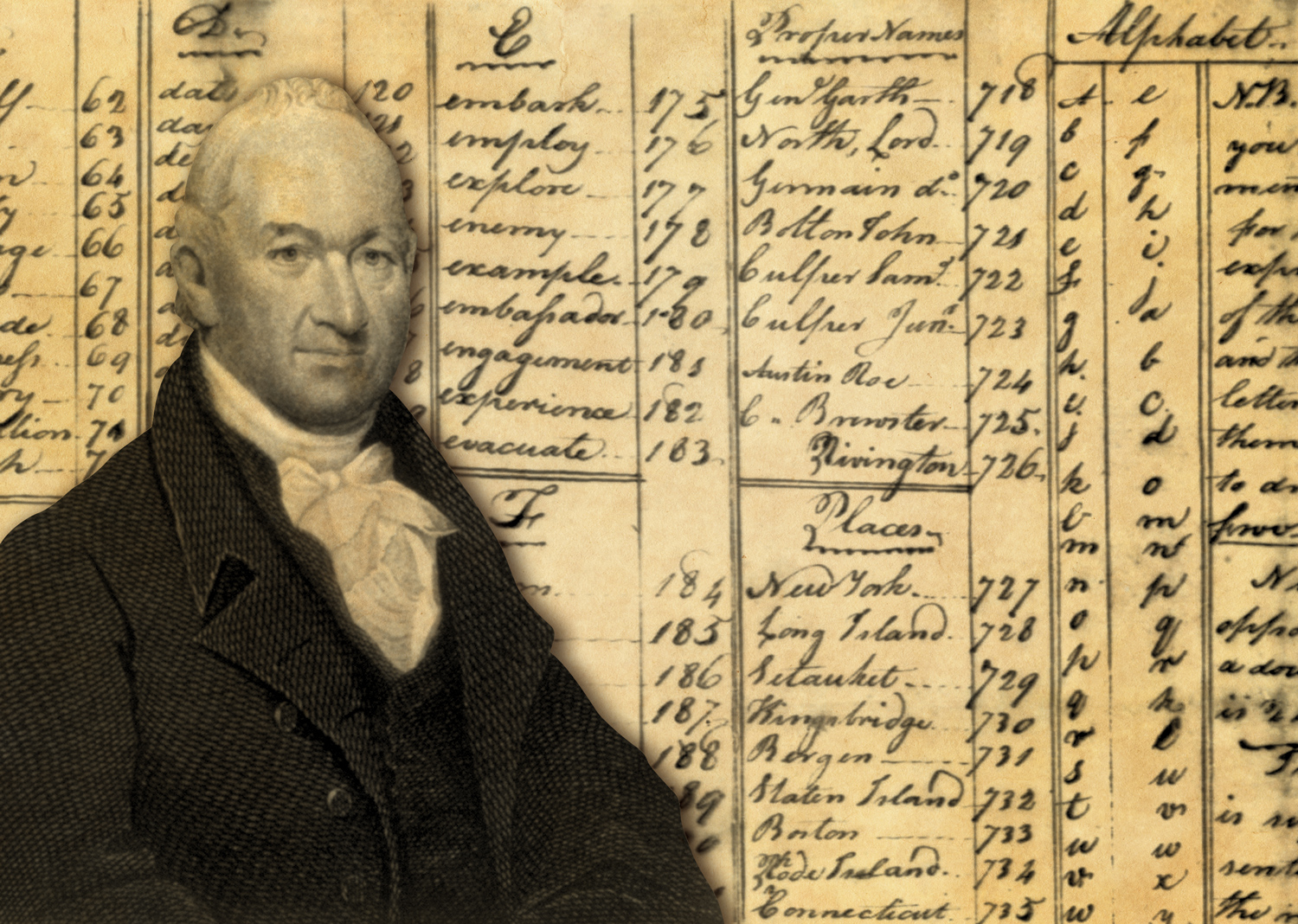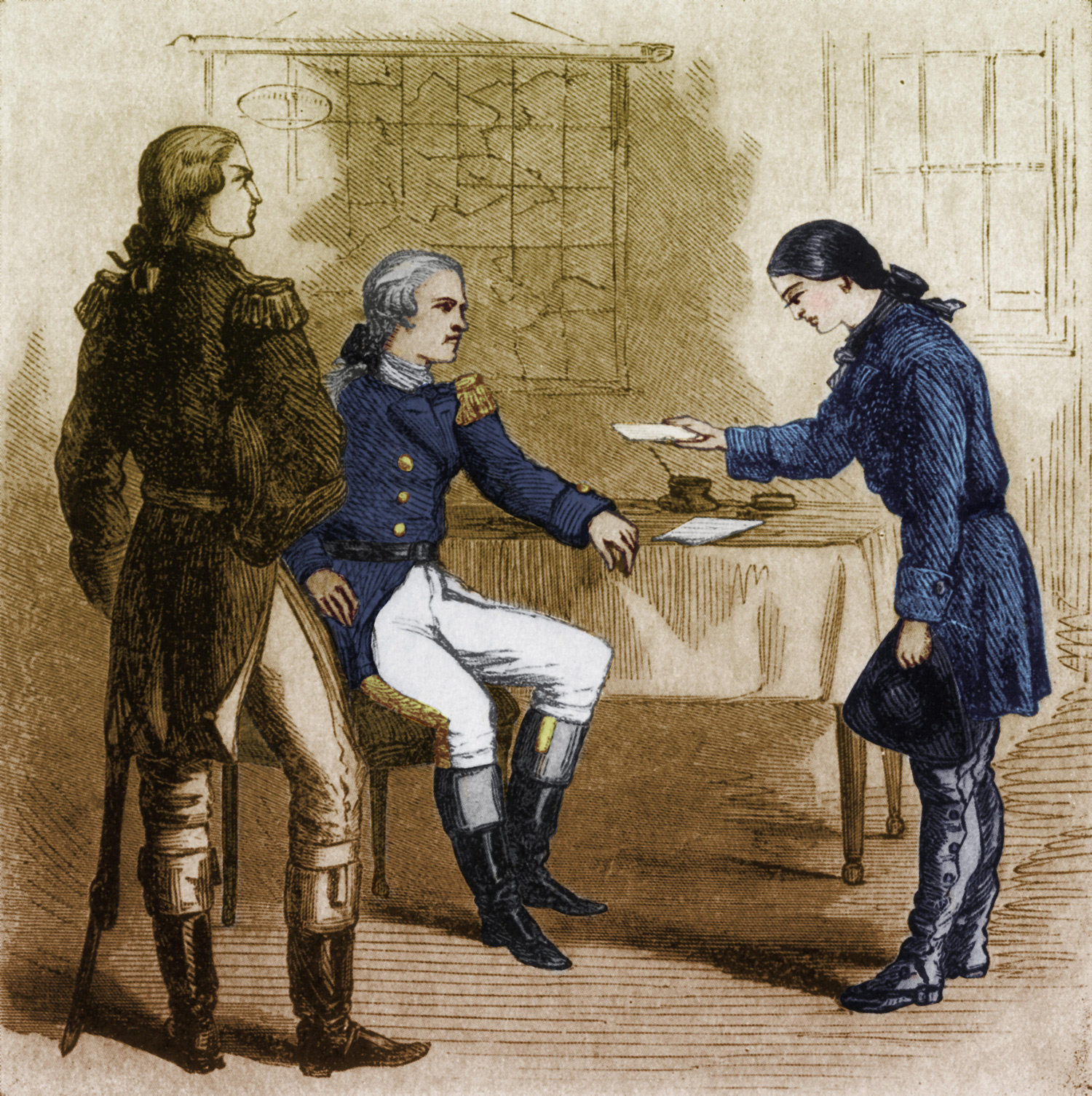A Revolutionary Discovery
Archaeologists have unearthed musket balls that were fired by American soldiers nearly 250 years ago, during the American Revolution.
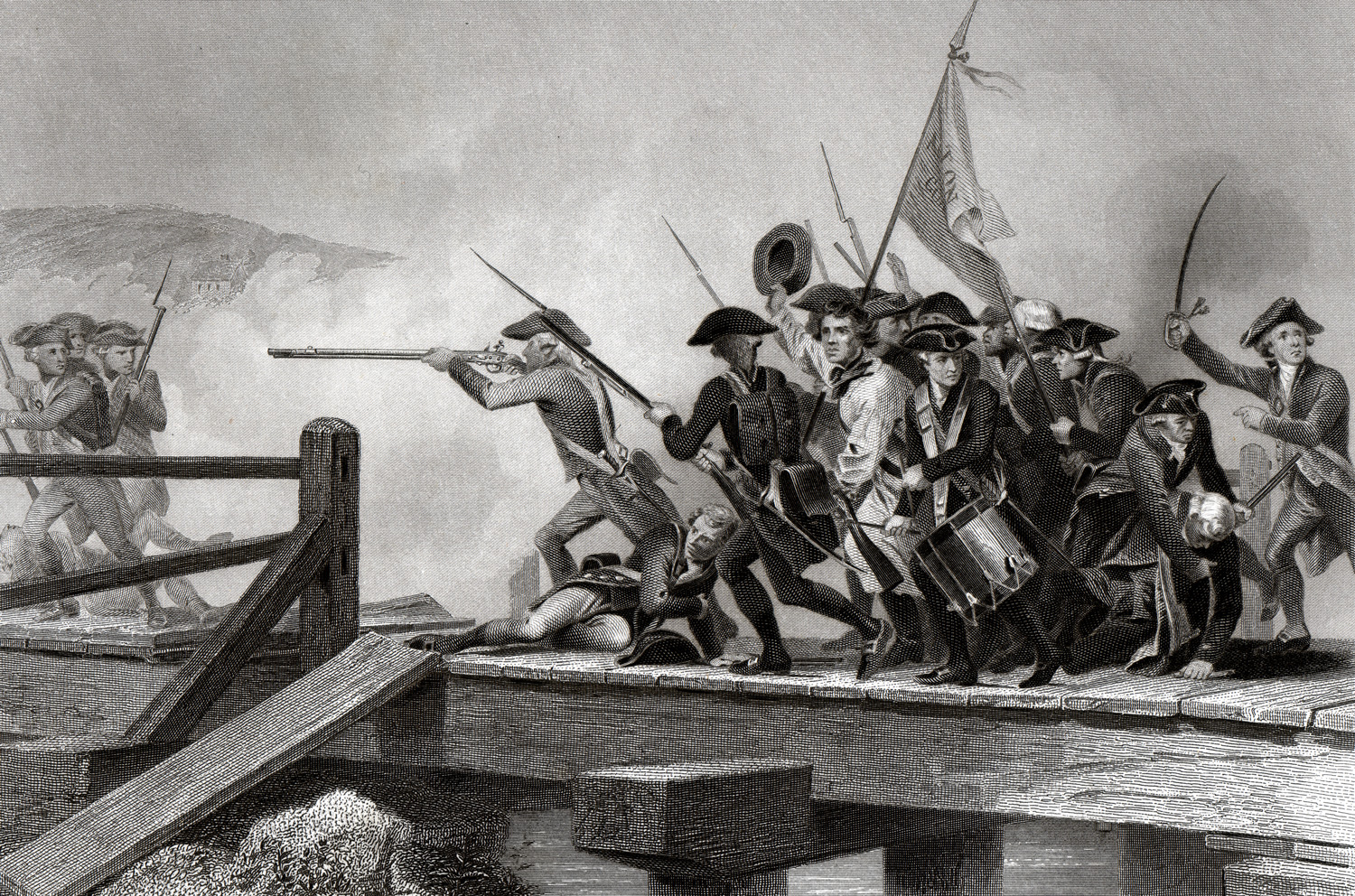
© Steven Wright/Dreamstime.com
The Battles of Lexington and Concord opened the American Revolution. Part of the battle took place on the Old North Bridge.
Archaeologists have discovered five musket balls that, amazingly, were used in one of the battles that opened the American Revolution.
The musket balls were discovered at Minute Man National Historical Park in Concord, Massachusetts. They were located near the site of the Old North Bridge, where a famous American Revolution battle took place on April 19, 1775—one of the two that are collectively called the Battles of Lexington and Concord.
The fighting began on April 18 at Lexington, Massachusetts, where British soldiers attempting to crush the rebellion faced off against minutemen (members of the American militia), killing eight Americans and wounding 10. The British then went on to Concord, intending to destroy military supplies the Americans had stored there. But the American militia had been tipped off, giving them enough time to hide most of the supplies and prepare to fight back. The two sides met at the Old North Bridge, where a battle broke out that is now considered to be the start of the American Revolution. The newly discovered musket balls are from that battle.
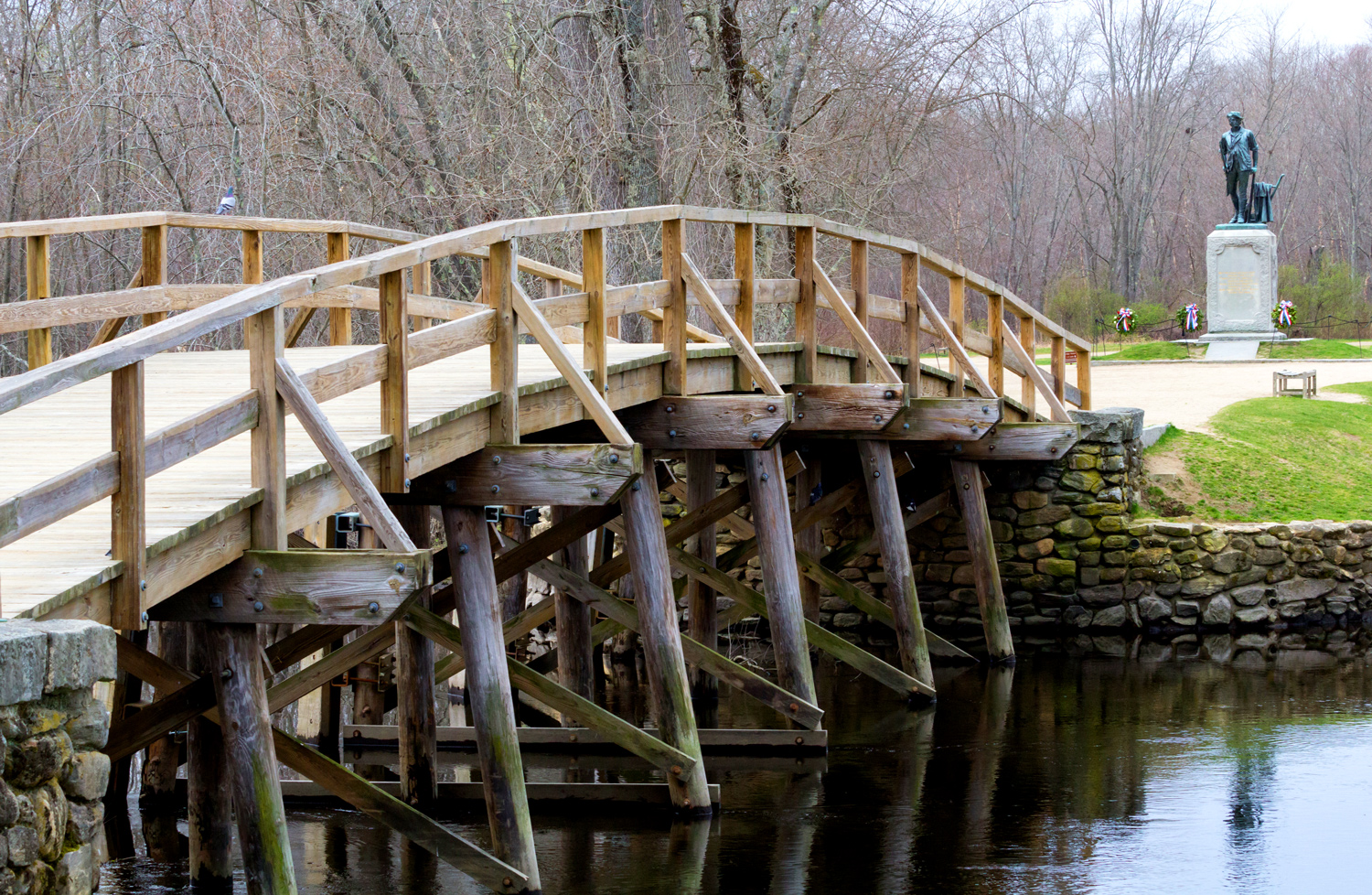
© Matthew_Miller—iStock/Getty Images
This is what the North Bridge looks like today.
The musket balls range from pea-sized to marble-sized. Experts say the variations in size indicate that the musket balls were used by the minutemen, who would have brought their own ammunition to the fight. British soldiers used ammunition that had been issued to them and did not vary in size. The musket balls are intact but not in perfect condition, suggesting they were fired but missed their targets.
“It’s incredible that we can stand here and hold what amounts to just a few seconds of history that changed the world almost 250 years ago,” Jarrad Fuoss, a ranger at Minute Man National Historical Park, said in a press release.
